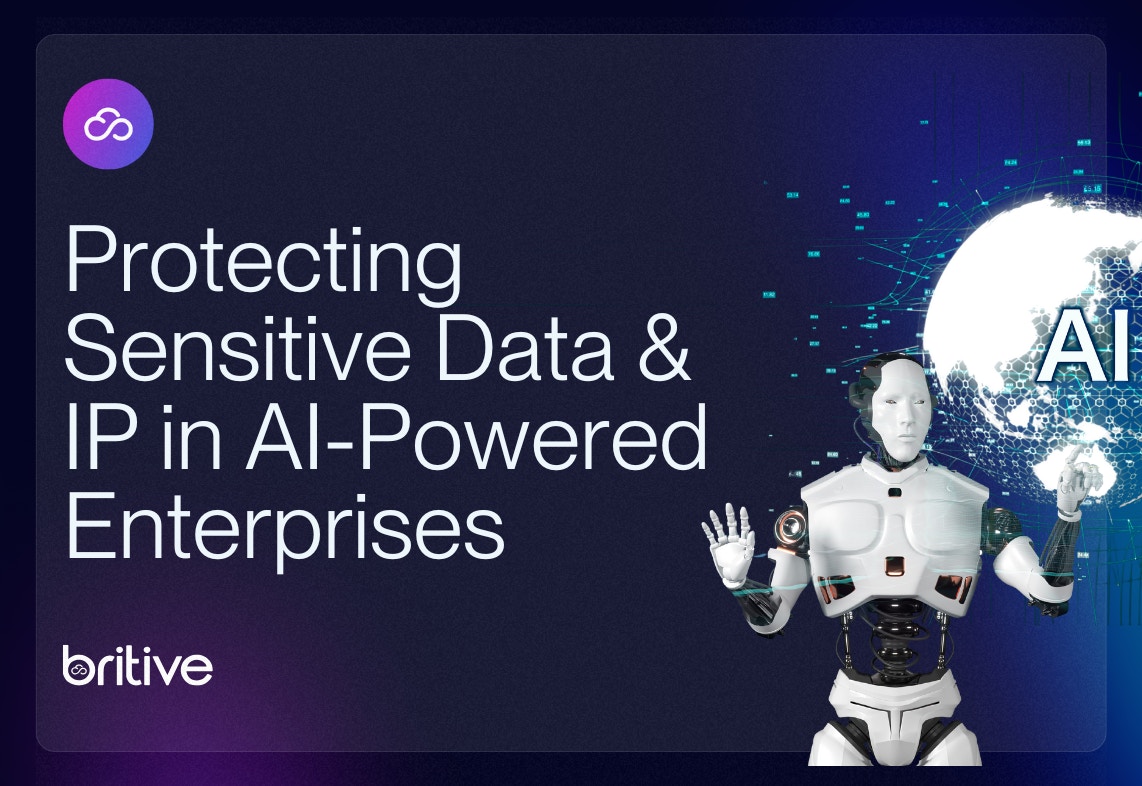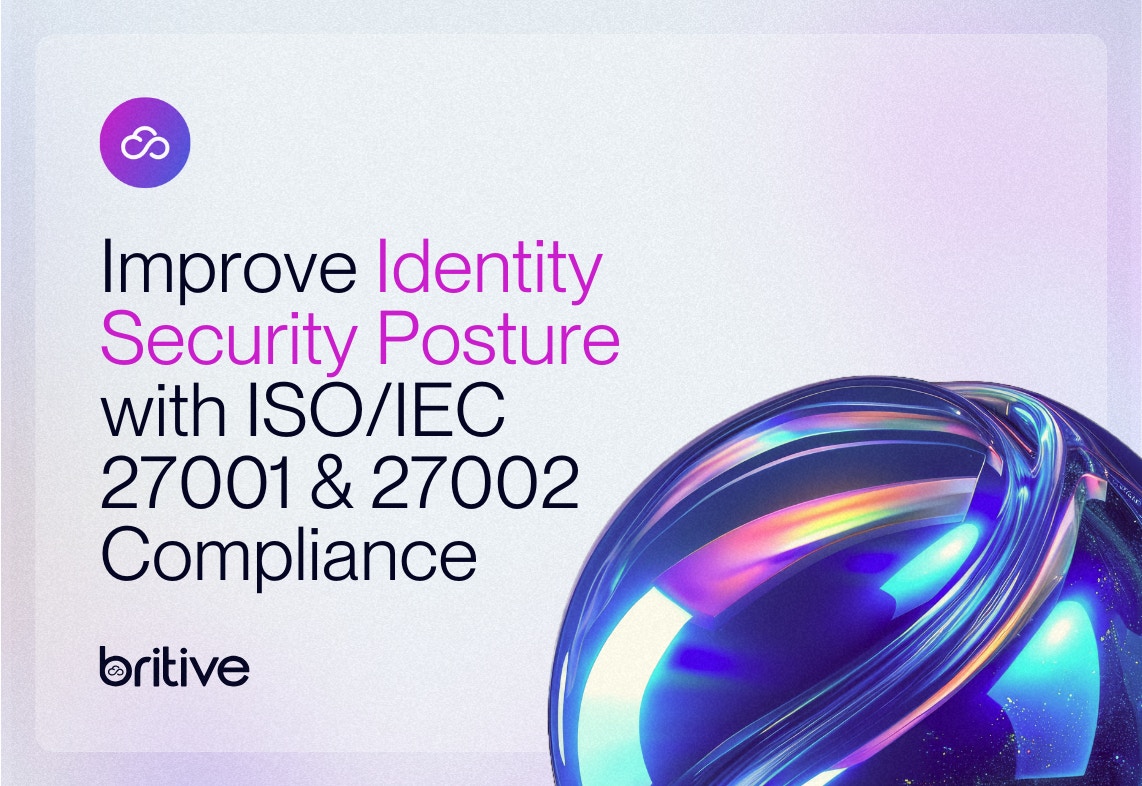


Back to resources
The True Costs of Legacy PAM: What an Outdated System is Really Costing You
March 2025 / 8 min. read /

PAM Costs Are More than Just the Price Tag
When it comes to evaluating your Privileged Access Management (PAM) solution, it’s easy to get tunnel vision around licensing fees.
But let’s be honest: what you’re paying for that license is just the tip of the iceberg. The real costs of maintaining a legacy PAM system often lurk beneath the surface of the PO, quietly draining resources, stalling innovation, and even introducing security risks.
Many organizations purchase PAM solutions just to satisfy cyber insurance or compliance requirements but never fully deploy them. That’s up to millions on solutions that provide zero security value.
If you’re at a crossroads — deciding whether to renew your legacy PAM or explore modern alternatives — it's worth taking a step back to consider the bigger picture. Here’s what you might be missing.
Operational Costs and Dragging Efficiency Down
With many legacy systems, manual access provisioning and management are par the course. The lack of automation support leaves IT teams stuck in an endless loop of tedious tasks rather than driving strategic initiatives.
This extends to compliance, with labor-intensive reporting and manual data collection making audits and evidence gathering needlessly time intensive.
Outdated and clunky interfaces result in teams needing specialized training to handle what would be routine management and administrative tasks.
Some organizations are forced to hire two or more full-time employees just to manage their PAM system. This is a costly operational drain that accumulates year after year.
Shadow IT: Workarounds and Access Risks
When PAM becomes a roadblock for operations, employees often find more creative ways to get their work done. These workarounds result in shadow IT to bypass official access policies and processes, simply because of the friction and delays.
Unmonitored access from sidestepped policies results in access to sensitive systems and data without oversight.
The longer a clunky legacy system sits around, the more workarounds emerge, each one increasing the attack surface and introducing a new potential vulnerability.
This can quickly become a compounding problem: the longer an inefficient PAM platform is in place, the more insecure workarounds teams develop.
Ongoing Maintenance Costs
Legacy solutions need constant maintenance, from patching and troubleshooting to updates and configuration.
Older solutions may struggle to keep up with the security requirements of cloud-native systems, leading to an endless cycle of patching.
And if the patch is delayed due to incompatibility with tools in the environment? This can cause further operational delays, on top of the vulnerability remaining unaddressed.
Delayed updates and patches mean security vulnerabilities persist for extended periods, putting organizations at greater risk of breaches and compliance finds.
Teams can quickly find themselves devoting time and resources just to keeping their PAM functional rather than improving their cybersecurity posture.
The result? A never-ending treadmill of maintenance with no strategic progress toward forward-thinking, modern security objectives and initiatives.
Growing Pains and Lack of Scalability
Rapidly growing innovations need a PAM platform that scales and grows with them. Legacy systems struggle to meet demands of flexibility. Licensing restrictions can make it difficult to scale privileged access in a cost-effective way.
Teams are forced to balance access need with budget constraints, resulting in overspending or under-provisioning, leaving security and access blind spots behind.
With new applications and tools, legacy systems often require complex and costly integrations, or they’re simply incompatible.
Organizations have to pay for expensive add-ons, or they find themselves over-provisioning access just to avoid the friction of adding more users or adjusting permissions later.
Security Gaps: More Than Just a Hole in the Fence
Trying to stick with legacy PAM creates blind spots in your security strategy.
Reliance on static access models and managing user access to these accounts doesn’t address the problem of standing privileges. Overprivileged accounts still exist on sensitive systems.
Highly distributed and complex environments are difficult to manage in legacy PAM platforms. Incompatibility and lack of support for certain tools and workflows results in fragmented access policies, leaving behind potential gaps and vulnerabilities.
Traditional PAM solutions also lack the ability to provision fine-grained access controls, making it difficult to conduct audits or understand who has access to what at any given time.
At the end of the day, every gap in visibility and governance is another potential entry point.
Paying Off the Accumulated Technical Debt
Working around legacy PAM often involves working with a backlog of outdated systems, tools, and processes that complicate access governance and management and increase risk.
Legacy systems struggle with continuous identity discovery. A point-in-time inventory can quickly become outdated with the dynamic nature of non-human identities (NHIs), and orphaned accounts that would go unmonitored, leading to incomplete discovery and governance gaps.
Stunted scalability and operational inefficiencies also add up, taking up time and resources in troubleshooting, deployments, and clunky integrations.
Technical debt doesn’t just slow teams down; it actively introduces risk, exposing sensitive data and systems to compliance risks and insider threats.
What to Look for in a Modern PAM Solution
If your current PAM is more of a liability than an asset, it might be time to consider a modern alternative.
Here’s what to prioritize in your next solution:
- Dynamic, Adaptive Access: Embrace true Just-in-Time (JIT) permissions models that reduce the attack surface. No more gating access to statically assigned credentials.
- Seamless Integration: Your PAM should integrate smoothly with public cloud, DevOps, Kubernetes, on-prem systems, and everything in between — without needing workarounds.
- Zero Trust Alignment: Ensure your solution offers dynamic policy controls, JIT permissions, and zero standing privileges to better adhere with the principles of zero trust.
- Centralized Management: Gain consistent visibility and governance across all identities and every part of the environment.
- Scalability Without Complexity: The right solution will help you grow without introducing new pain points when it comes to integrating with existing or future tools.
Britive’s Fresh Take on Modern, Cloud-Native PAM
Britive’s cloud-native PAM solution was born and built with modern cloud and hybrid on-prem environments in mind. We’ve worked closely with customers and design partners across Fortune 500 organizations to meet real access management needs and use cases while avoiding the pitfalls of legacy systems:
- Rapid Deployment: No agents, no proxies — quick onboarding and integration for a time to value that your team will recognize in days, rather than weeks.
- API-First, Integration-Friendly Design: Supports both modern and legacy systems, ensuring seamless integration across all environments.
- User-Centric Approach: Simplifies access management with intuitive interfaces and workflow integrations to eliminate time-consuming onboarding and access requests.
- Zero Trust Compliance: Dynamic policy controls, JIT permissions, and fine-grained access management to minimize risk.
- Unified Platform: Achieve centralized visibility and governance without the complexity of managing multiple, siloed tools.
The longer you hold onto an outdated PAM system, the more it costs — in dollars, time, and risk.
Modernizing your approach to privileged access management isn’t just a nice-to-have; it’s a critical step in safeguarding your organization’s data and ensuring your teams can work efficiently and securely.
Explore our whitepaper, The Guide to Modern Multi-Cloud PAM or schedule a demo to see how Britive can help you cut costs, improve efficiency, and elevate your security posture.

